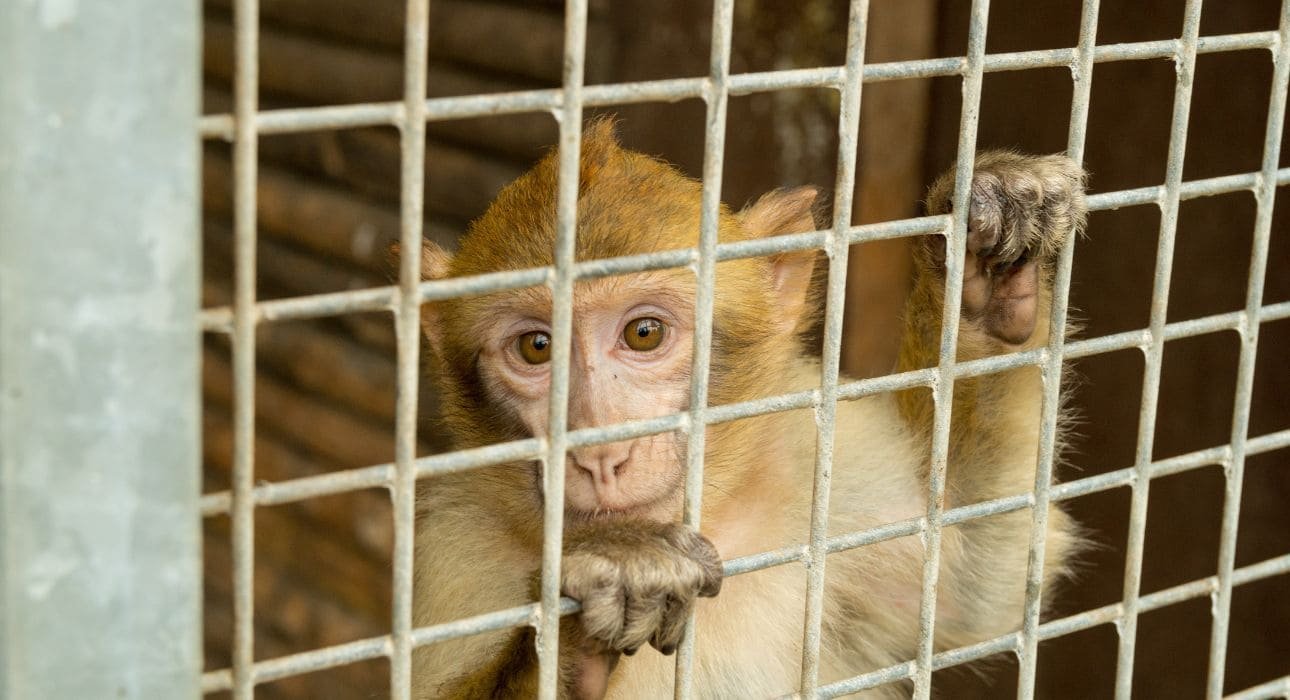Dr. Harry Harlow (1905-1981) was an American psychologist known for his controversial research on rhesus monkeys, exploring the nature of love and social isolation. Born in Iowa and educated at Stanford, he established a primate lab at Wisconsin University. His most famous work, “The Nature of Love,” has greatly influenced child development studies. Despite ethical criticisms, Harlow’s experiments, including the “Pit of Despair,” have had a lasting impact on understanding depression and the importance of affectionate bonds.
Dr Harry Frederick Harrow and Depression
Dr Harry Harrow (1905-1981) was an American psychologist best known for his work on rhesus monkeys and the nature of love. Born and raised in Iowa, he graduated in psychology from Stanford University. After graduating, he was offered a position at Wisconsin University. There, he established his primate laboratory and conducted his most controversial experiment on rhesus monkeys.
His work, “The Nature of Love,” has been referenced over 4200 times and is now a staple in psychology textbooks, including the 11th-grade NCERT (van Rosmalen, 2022). Despite being controversial and unethical, his works played a huge role in child development. Struggling with severe depression, his research was strongly driven by personal experiences. He was impressed by the learning capabilities of monkeys. His passion for research made him completely forget about the cruel nature of his experiments (Gluck, 1997).
Harlow and his Pit of Despair
Most researchers argue that his work was driven by his two-month stay at the Mayo Clinic. Yes, while it is the biggest contributor, his studies on social deprivation also played a huge role (Harlow, 1964). In his notes, Harlow shared how he suffered from bouts of depression most of his life. In 1968, he was diagnosed with Major Depressive disorder which solidified his desire to find a solution. Together with Stephen Suomi, he started working on developing an apparatus that could induce depression in monkeys. He developed a vertical chamber that he called the pit of despair and the tunnel of terror.
The chamber made of stainless steel with a pyramid top prevented monkeys from climbing to the top. Spending thirty days in isolation was enough to induce depression (Harlow & Suomi, 1971). Only after a few days, the monkeys give up on trying to climb to the top and display a lack of any kind of activity. Paired with the tunnel of terror, which featured a battery-charged robot moving towards the monkeys, their depression intensified. However, the actual goal wasn’t inducing depression instead, it was to find effective treatments.
Harlow believed in the therapeutic power of social relationships. After inducing depression, he tried rehabilitating them. Initially, he was pessimistic about the results. However, the results proved him wrong. He discovered that the depressed monkeys could be treated by pairing them “with therapist monkeys”. Monkeys who were mentally and socially healthy and younger than the depressed monkeys worked as therapists. The young monkeys tried to cling and try to play with the depressed monkey.
Over time, the depressed monkey started to reciprocate and initiate play. Eventually, the depressed monkey started exhibiting normal behaviour. Another important observation to note was that this only worked if the therapist monkeys were younger. Same-age monkeys displayed aggressive behaviour towards each other and did not contribute to any change. Harlow believed that the study could be generalized to humans as monkeys were clever beings. He felt that the results could be applied to children with psychotic symptoms or early life trauma.
Criticism
Harlow’s study was met with a lot of criticism due to the cruel nature of it. Animal rights activists were enraged by it however the study went on due to lack of animal rights at that time. But Harlow strongly believed that the sacrifice of ten monkeys was necessary to save millions of children. His study paved the path for treatments. Today both the American Psychiatrist Association and the World Health Organization recommend using a combination of medication and psychotherapies to treat depression. Despite the controversy surrounding it, Harlow’s pit of despair continues to remind us of the importance of healthy loving relationships.
FAQs
1. Who was Harry Harlow?
Harry Harlow was an American psychologist most popularly known for his work “Nature of Love”. While his works are highly criticized for being unethical, he has played a major role in the field of child development and depression.
2. What was the pit of despair?
The pit of despair was designed to induce depression in baby rhesus monkeys. It was a vertical chamber with a pyramid top that could not be climbed. Eventually, after many failed attempts the monkey gave up and showed symptoms of depression.
3. Why was Harlow’s experiment considered unethical?
Harlow’s experiment is highly criticized due to the way infant rhesus monkeys were treated. His methods were considered cruel and an infringement on animal rights.
4. What can we conclude from Harlow’s experiment?
Harlow concluded that depression is treatable through psychotherapy and positive social relationships.
References +
1. Gluck, J. P. (1997). Harry F. Harlow and animal research: reflection on the ethical paradox. Ethics & Behavior, 7(2), 149–161. [PubMed] [Google Scholar]
2. Harlow, H. F. , Gluck, J. P. , & Suomi, S. J. (1972). Generalization of behavioral data between nonhuman and human animals. American Psychologist, 27(8), 709–716. [Google Scholar]
3. Harlow, H. , Harlow, M. D. , & Suomi, S. J. (1971). From thought to therapy. American Scientist, 59, 538–549. [PubMed] [Google Scholar]
4. Harlow, H. F. , & Suomi, S. J. (1971a). Production of depressive behaviors in young monkeys. Journal of Autism and Childhood Schizophrenia, 1(3), 246–255. [PubMed] [Google Scholar]
5. Harlow, H. F. , & Suomi, S. J. (1971b). Social recovery by isolation‐reared monkeys. Proceedings of the National Academy of Sciences, 68(7), 1534–1538. [PMC free article] [PubMed] [Google Scholar]
6. Harlow, H. F. , & Suomi, S. J. (1971c). Generalization of behavior from men to monkeys. University of Wisconsin.
7. Harlow, H. F. (1964). Early social deprivation and later behavior in the monkey. In Abrams A., Gurner H. H., & Toman J. E. P. (Eds.), Unfinished tasks in the behavioral sciences (pp. 154–173). Lippincott Williams & Wilkins. [Google Scholar]
8. van Rosmalen, L., Luijk, M. P. C. M., & van der Horst, F. C. P. (2022). Harry Harlow’s pit of despair: Depression in monkeys and men. Journal of the history of the behavioral sciences, 58(2), 204–222. https://doi.org/10.1002/jhbs.22180
9. World Health Organization: WHO & World Health Organization: WHO. (2023, March 31). Depressive disorder (depression). https://www.who.int/news-room/fact-sheets/detail/depression
10. World Health Organization: WHO. (2022, June 8). Mental disorders. https://www.who.int/news-room/fact-sheets/detail/mental-disorders













Leave feedback about this